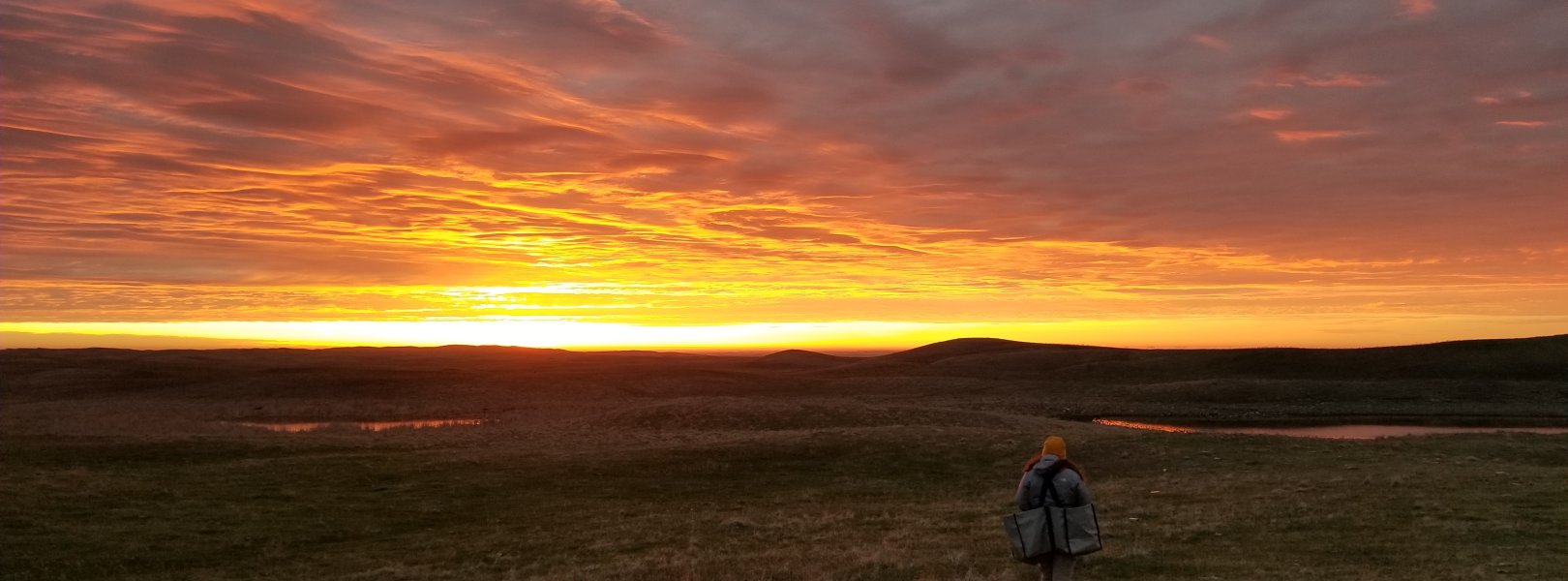Sampling Schedules

The timing and frequency of aquatic and terrestrial observational sampling measurements are specific to the data type. Below is a general introduction, but more detailed information about the timing and frequency of different measurement types can be found on specific Observational Types web pages, in the sampling protocols and data product user guides within the Data Portal Document Library, Aquatic Site Sampling Design Documents (download link below), and in the NEON Aquatic Sampling Strategy document and the NEON TOS Spatial and Temporal Sampling Strategy document.
Sampling Frequency
Sampling occurs more frequently for organisms or processes that are expected to change quickly, and less frequently for those with slow rates of change. For example, there are several observations per year of small mammal and ground beetle abundance and diversity, one observation per year of herbaceous plant diversity, and one observation every five years for total soil carbon and nitrogen. Many measurement types have an explicit phenological component and the timing of biological events is of interest. For this reason, phenology of plants, mosquitos, and ticks are monitored using frequent intra-annual observations. Similarly, in aquatic systems, parameters that change with climatic conditions are sampled more frequently such as stream water chemistry, while more stable parameters, such as lake bathymetry and stream morphology are measured every 5 years.
For details about how sampling bouts are recorded in data, see the Data Formats and Conventions page.
Timing of Sampling
Measurements are designed to occur during specific biophysical periods, such as when temperatures increase above a certain threshold to indicate the transition from dormant to growing season, or during the peak period of greenness or biomass production. NEON scientists have compiled historical climate and remote sensing data for each site and provide site-specific sampling windows per measurement type in the OS protocols. In addition, field ecologists are asked to monitor on-the-ground conditions to ensure these target conditions are met during scheduled sampling periods. If they are not, bouts are either rescheduled or target timing deviations are documented in the data.
NEON Observational Sampling (OS) Data Availability
A subset of Observation System sampling protocols are sampled every 3 or 5 years at each site, including bathymetry, stream morphology, terrestrial biogeochemistry, and terrestrial productivity, among others. The spreadsheet below captures the planned sampling schedule for these protocols from sampling year 2023 through 2036. Note that this schedule is subject to change, and we encourage users who are relying on a particular protocol being conducted at a site in a particular year to reach out to NEON to confirm that plans have not changed. Due to additional downstream processing steps (i.e, internal and external laboratory analysis) common with OS data products, additional time is required prior to data publication. Data are generally available 14-270 days after the completion of field activities. For current data availability, visit the Explore Data Products page and select the details page for the data product of interest.